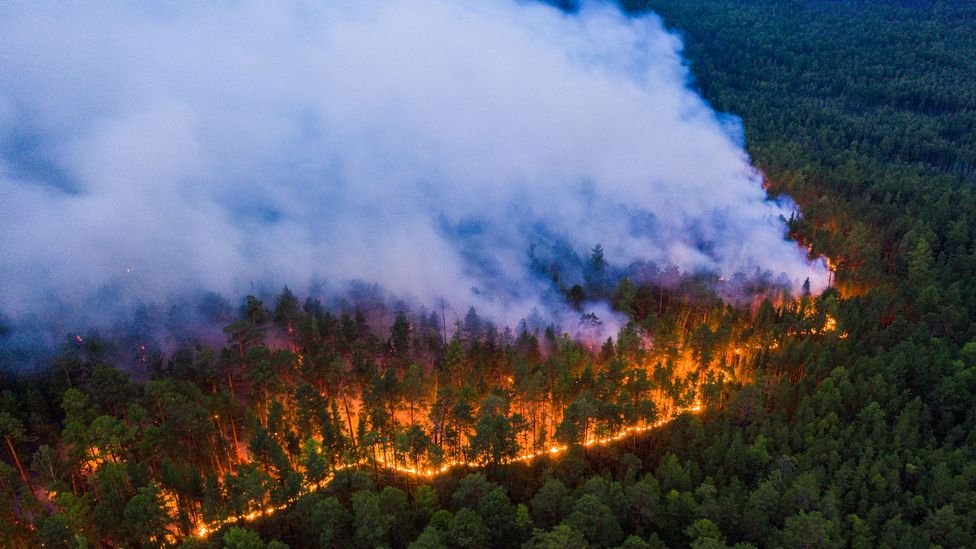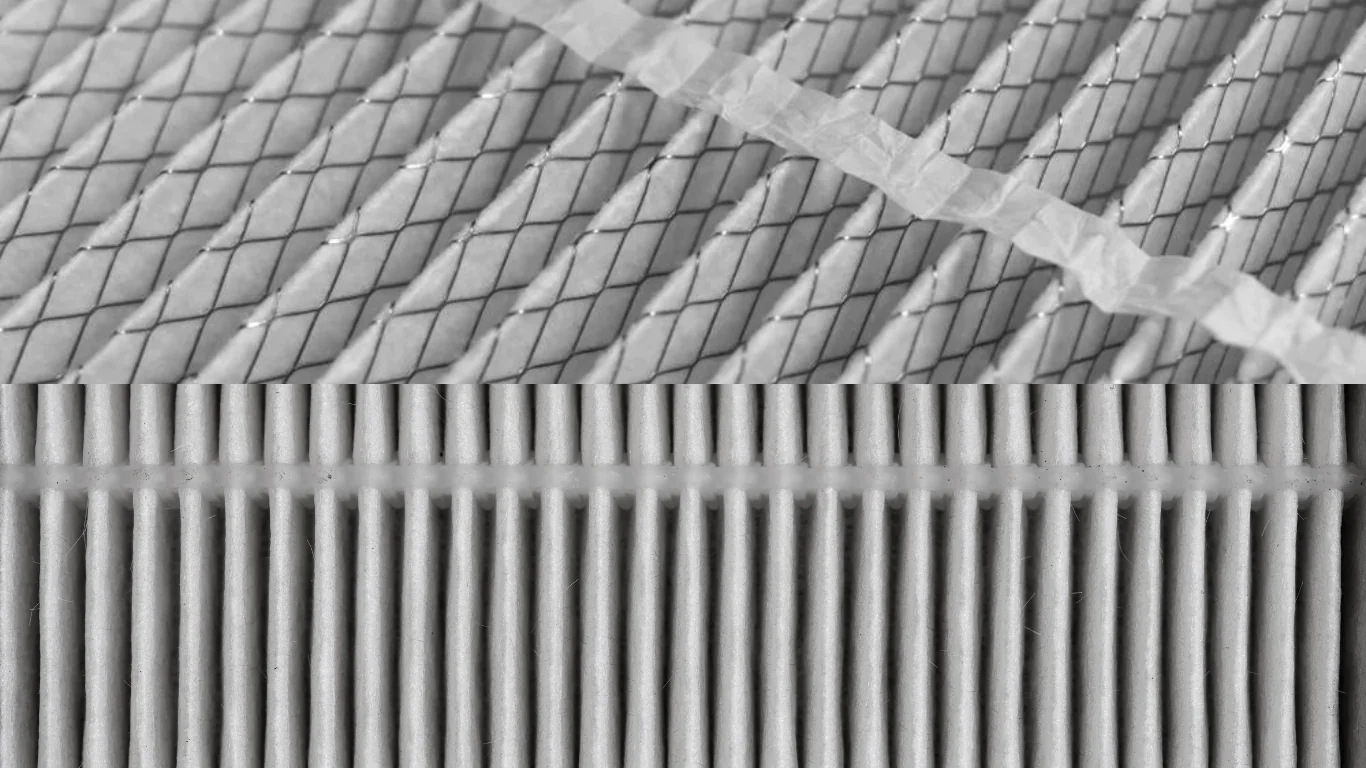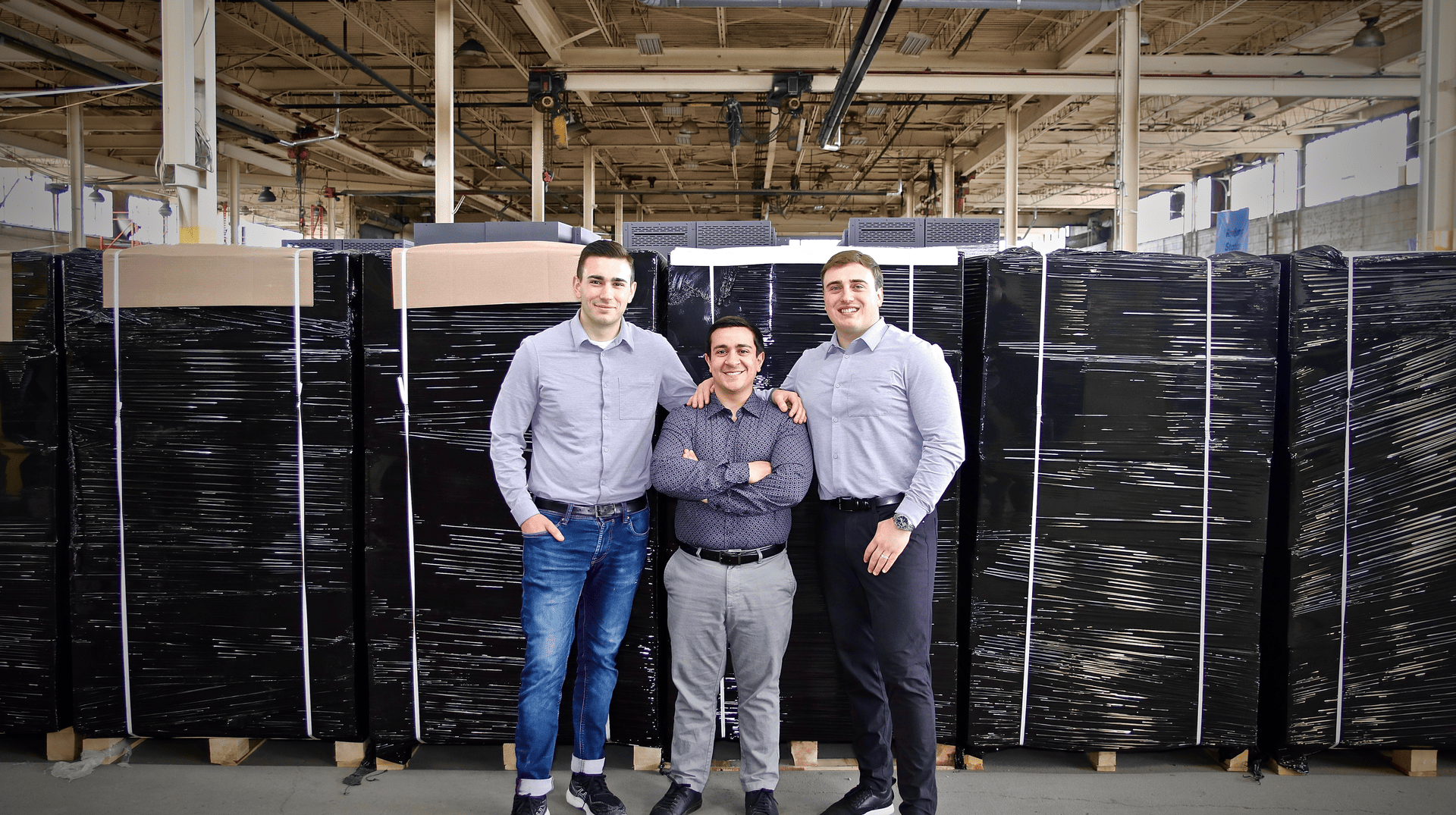- MERV 8 vs MERV 11: Which is Better?MERV (Minimum Efficiency Reporting Value) is a rating system that measures the effectiveness of air filters in capturing particles of different sizes. The MERV rating scale ranges from 1 to 20, with higher numbers indicating greater efficiency in capturing smaller particles. In this blog post, we will compare two standard MERV ratings...
- The Environmental Advantages of Building GreenAs concerns about climate change and the environment continue to grow, more and more people are turning to sustainable building practices. One popular approach is green building, which seeks to minimize the environmental impact of construction and promote a healthier, more sustainable way of living. In this post, we will...
- The Impact of Wildfires on Indoor Air Quality (IAQ): What You Need to KnowFor the most up-to-date information, including which fires are out of control, visit Alberta's Wildfire Status Dashboard. Wildfires are an ever-present threat in many parts of the world, and they have become increasingly frequent and severe in recent years. While the immediate impact of wildfires is often devastating, with homes and...
- HEPA vs True HEPA: What’s the Difference?If you're looking for an air filter that can effectively remove a wide range of airborne pollutants from your home or office, you've likely come across the term "True HEPA." But what exactly does that mean? In this blog, we'll dive into the world of air filtration and explain what...
- UV Light for HVAC: What is Ultraviolet (UV) Technology?UV stands for ultraviolet, a type of electromagnetic radiation not visible to the human eye. UV light has a shorter wavelength than visible light and is divided into three categories: UV-A, UV-B, and UV-C. UV-C light, which has the shortest wavelength and the most energy, is used for HVAC applications....
- Carbon Neutral vs Net Zero – What’s the Difference?Buildings play a critical role in our daily lives, providing us with shelter, workspaces, and places to gather. However, they also significantly impact the environment, accounting for a staggering 40% of global energy consumption and 33% of greenhouse gas emissions. With the impacts of climate change becoming increasingly severe, it's more important than...
- MERV 13 vs HEPA Filter: How Are They Different?Air filters are a vital component in maintaining good indoor air quality. Two of the most commonly used air filters are MERV 13 filters and HEPA filters. Both types of filters are designed to remove pollutants from the air; however, there are some key differences between them. What are MERV...
- 6 Steps to Drastically Reduce Your Business Carbon FootprintAs climate change continues to pose a significant threat to our planet, businesses have a crucial role to play in mitigating their carbon emissions and adopting sustainable practices. By reducing their carbon footprint, companies can contribute to a greener future while also improving their bottom line. In this article, we...
- Indoor Air Quality (IAQ) in Schools: Student Health and PerformanceIndoor air quality (IAQ) is a critical yet often overlooked aspect of educational environments. The quality of air inside schools has a direct impact on student health and academic performance. In this blog, we will explore the significance of IAQ in schools and how it influences students' well-being and learning...
- Canadian Business: For Blade Air, The Future is Clean Air for AllBlade Air was recently featured on Canadian Business - Since its inception in 1928, Canadian Business has been a valued destination for business journalism in the country, covering the leaders and companies that matter most. Founded to develop zero-waste carbon filters in 2017, co-founders and brothers Joe Fida, aged 28,...









